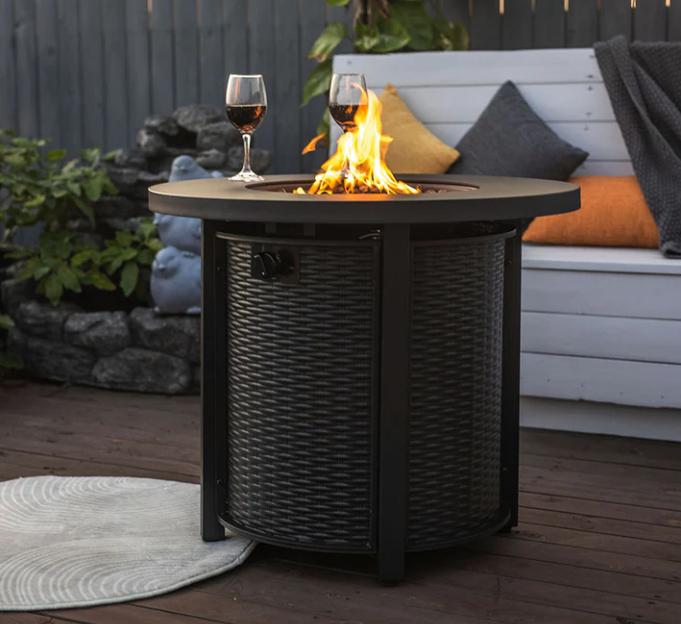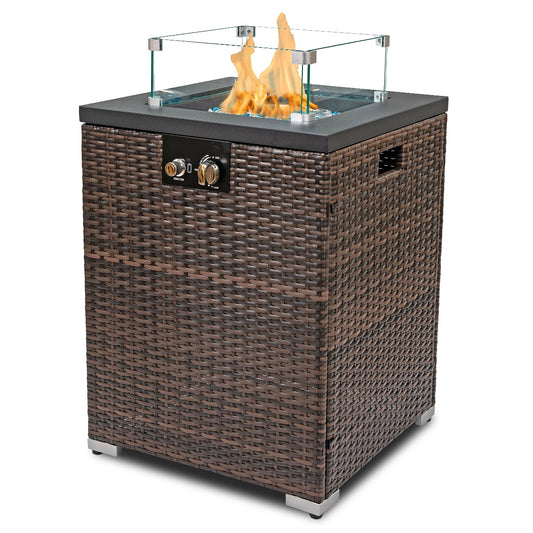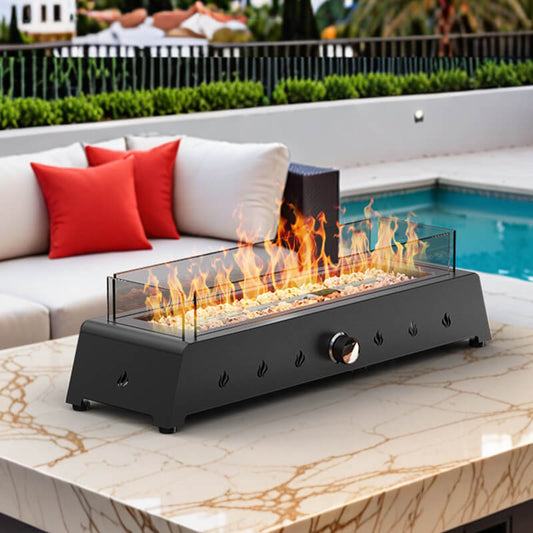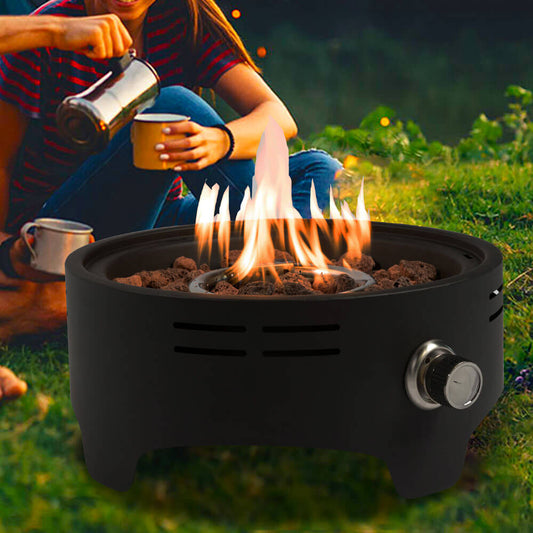The hourly operating cost of a gas fire pit typically ranges from 11 dollars, depending on the appliance's Btu (British Thermal Unit) rating and the type of fuel used. Propane is generally more expensive than natural gas, costing approximately 0.12 per 1,000 Btu for natural gas. To better understand these costs, it is essential to break down the key energy-related terms and calculations involved.

Understanding Energy Measurements
1. British Thermal Unit (Btu):
A Btu is a standard unit of measurement for heat energy. It represents the amount of energy required to raise the temperature of one pound of water by one degree Fahrenheit. More precisely, this measurement is based on water at its maximum density, which occurs at approximately 39°F. Using Btu as a metric allows for the comparison of different fuel types on a standardized basis.
2. Therm (TH):
A therm is the standard unit of measurement for natural gas. One therm is equivalent to 100,000 Btu, which is roughly equal to 100 cubic feet of natural gas.
3. Propane Measurement:
Propane is typically sold by the gallon, with one gallon containing approximately 91,600 Btu. This measurement allows for easy conversion and comparison with other fuel types.
Comparing Propane and Natural Gas Costs(Per Hour)
The operating cost of a gas fire pit depends on several factors, including the appliance's Btu rating and the type of fuel used. Below is a breakdown of hourly operating costs based on different Btu ratings:
| Fuel Type | 65,000 Btu | 90,000 Btu | 125,000 Btu | 165,000 Btu |
|---|---|---|---|---|
| Natural Gas | $0.80/hour | $1.10/hour | $1.53/hour | $2.02/hour |
| Propane (Refillable) | $4.23/hour | $5.86/hour | $8.14/hour | $10.74/hour |
These figures represent the cost of operating the fire pit at maximum output for one hour. Actual costs may vary depending on usage patterns and local fuel prices.
Calculating Operating Costs
To determine the exact operating cost for your gas fire pit, follow these steps:
For Natural Gas:
-
Convert Therms to Btu:
Locate the total therms (TH) used on your natural gas bill. Multiply this number by 100,000 to convert it to Btu.
Example: If you used 300 TH in a month:
300 TH × 100,000 = 30,000,000 Btu. -
Calculate Cost per Btu:
Divide the total cost of your gas bill by the total Btu used.
Example: If your bill was 350 ÷ 30,000,000 = $0.000012 per Btu. -
Determine Hourly Operating Cost:
Multiply the cost per Btu by your fire pit’s Btu rating.
Example: For a 60,000 Btu fire pit:
60,000 × 0.72 per hour.
For Propane:
-
Convert Propane Volume to Btu:
A standard 20-pound propane tank typically contains about 15 pounds of propane, equivalent to approximately 3.5 gallons. Since one gallon of propane equals 91,600 Btu:
3.5 gallons × 91,600 Btu = 320,600 Btu per tank. -
Calculate Cost per Btu:
Divide the cost of the propane tank by the total Btu.
Example: If a tank costs 21 ÷ 320,600 Btu = $0.0000655 per Btu. -
Determine Hourly Operating Cost:
Multiply the cost per Btu by your fire pit’s Btu rating.
Example: For a 65,000 Btu fire pit:
65,000 × 4.26 per hour. -
Estimate Tank Duration:
Divide the total Btu per tank by the fire pit’s Btu rating to determine how long one tank will last.
Example: 320,600 Btu ÷ 65,000 Btu = 4.9 hours.
Strategies to Reduce Operating Costs
-
Optimize Fire Pit Size:
Choose a fire pit size that matches your outdoor space and usage needs. A smaller burner may suffice for intimate gatherings, reducing fuel consumption. -
Adjust Flame Height:
Lowering the flame can significantly reduce fuel usage while still providing adequate heat and ambiance. -
Turn Off Propane Tanks When Not in Use:
Ensure the propane tank valve is closed when the fire pit is not in use to prevent gas leakage and conserve fuel. -
Use Supplemental Heating:
Consider using heated seating pads or blankets to keep guests warm without increasing the fire pit’s flame height.
By understanding the factors that influence operating costs and implementing these strategies, you can enjoy your gas fire pit more efficiently and economically.

















